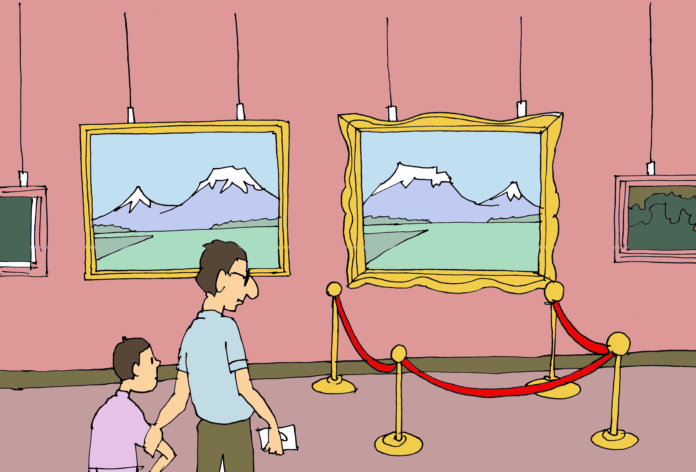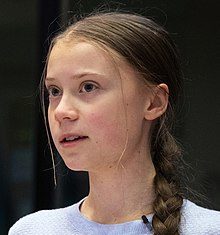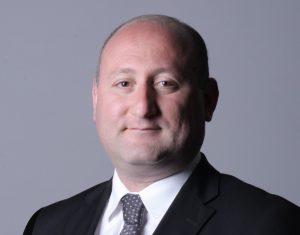As the My Step alliance of Nikol Pashinyan races towards its anticipated landslide electoral victory, the destiny of his Diaspora Ministry faces uncertainty, because Pashinyan has set as one of his priorities the downsizing of the government.
The 28-year-old Diaspora Minister Mkhitar Hayrapetyan has offered some projections on the fate of his own ministry, stating that the government “will likely decide to incorporate the Diaspora Ministry into another ministry or downsize it and lower its status.”
Hopefully, any change will come as an outcome of a thorough study rather than rash guesswork. After independence, the Diaspora Ministry was created by former President Serzh Sargsyan haphazardly, without setting any goal or adopting a program, most of the time becoming a medal-issuing venture, with noisy trips to well-established communities rather than tending to the needs of the newly formed or expanding communities in Ukraine, Northern Europe, or the Iberian Peninsula.
Continuing his comments, the young minister concluded his remarks: “My idea is that if the ministry is going to have some symbolic functions, such as planning at working or meeting certain expectations, it does not have to be in the format of a ministry.”
There is some truth in the above statement and the Soviet era experience in dealing with the Diaspora may serve as a reliable guide in charting the future course of Armenia-Diaspora relations. Soviet Armenia had set up an NGO named Committee for Cultural Relations with the Diaspora, which operated in foreign lands under the diplomatic radar. The leadership in Armenia, wearing the communist hat, nurtured the diaspora with quality culture, education, science and entertainment. The country had a lot to offer, since it had created the golden era of Armenian culture during the later Soviet period. There was an unspoken code of conduct among Armenia’s leaders to contribute to diasporan life meaningfully. Of course, in the upper hierarchy of Soviet authorities, the survival of the diaspora was not a priority. The propagation of Soviet ideology was the main goal. But the truly patriotic leaders in Armenia catered to the needs and priorities of the diaspora, reporting to higher-ups in Moscow how effectively the ideological warfare was being conducted. But now that the ideological masquerade is over, Armenia and the diaspora can engage in a new mode of cooperation.
With the destruction of the Iron Curtain, the profusion in communication and transportation has shrunk the globe, bringing Armenia and the Diaspora even closer, yet they still remain a world apart.








